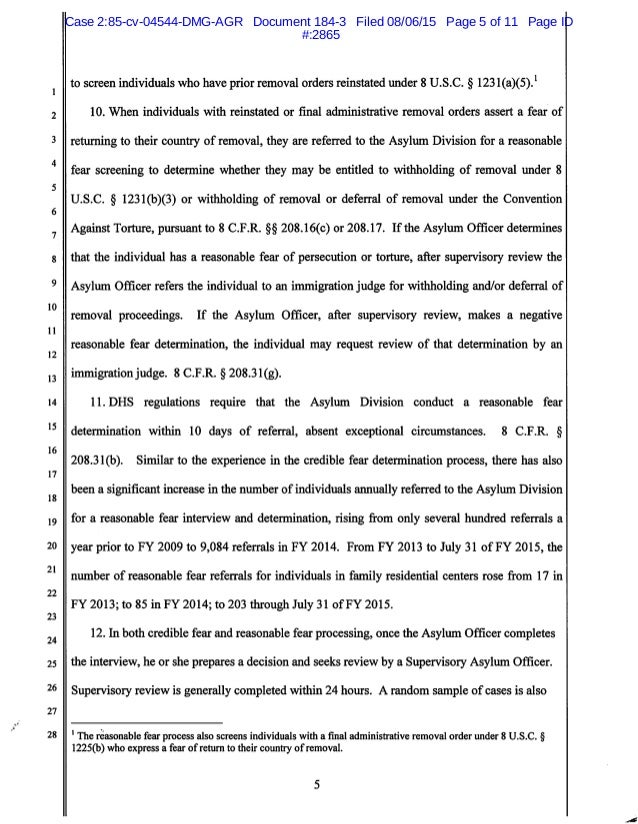

Present-day subtropical regions also lost most of their forest cover, notably in eastern Australia, the Atlantic Forest of Brazil, and southern China, where open woodland became dominant due to drier conditions. In Australia, shifting sand dunes covered half the continent, while the Chaco and Pampas in South America became similarly dry. This also occurred in Afghanistan and Iran, where a major lake formed in the Dasht-e Kavir. Exceptions were in what is now the western United States, where changes in the jet stream brought heavy rain to areas that are now desert and large pluvial lakes formed, the best known being Lake Bonneville in Utah. Only in Central America and the Chocó region of Colombia did tropical rainforests remain substantially intact – probably due to the extraordinarily heavy rainfall of these regions.Ī map of vegetation patterns during the last glacial maximum.

The Amazon rainforest was split into two large blocks by extensive savanna, and the tropical rainforests of Southeast Asia probably were similarly affected, with deciduous forests expanding in their place except on the east and west extremities of the Sundaland shelf. Even in less affected regions, rainforest cover was greatly diminished, especially in West Africa where a few refugia were surrounded by tropical grasslands. In extreme cases, such as South Australia and the Sahel, rainfall could have been diminished by up to 90% compared to the present, with flora diminished to almost the same degree as in glaciated areas of Europe and North America. The relative warmth of the Pacific Ocean due to the shutting down of the Oyashio Current and the presence of large 'east-west' mountain ranges were secondary factors preventing continental glaciation in Asia.Īll over the world, climates at the Last Glacial Maximum were cooler and almost everywhere drier. These anticyclones generated air masses that were so dry on reaching Siberia and Manchuria that precipitation sufficient for the formation of glaciers could never occur (except in Kamchatka where these westerly winds lifted moisture from the Sea of Japan). This difference was because the ice sheets in Europe produced extensive anticyclones above them. Hence, despite having temperatures similar to those of glaciated areas in North America and Europe, East Asia remained unglaciated except at higher elevations. The formation of an ice sheet or ice cap requires both prolonged cold and precipitation ( snow). Currently (as of 2012), about 3.1% of Earth's surface and 10.7% of the land area is covered in year-round ice. When comparing to the present, the average global temperature was 15 ☌ (59 ☏) for the 2013–2017 period. The USGS also states that sea level was about 125 meters (410 feet) lower than in present times (2012). Īccording to the United States Geological Survey (USGS), permanent summer ice covered about 8% of Earth's surface and 25% of the land area during the last glacial maximum. The study also found that the equilibrium climate sensitivity was 3.4 ☌, consistent with the established consensus range of 2–4.5 ☌.

This was confirmed in study published in 2020 which found that the Last Glacial Maximum was ~6.1 ☌ colder than today. This is about 6☌ (11☏) colder than the 2013–2017 average. Temperature proxies for the last 40,000 years.Īccording to Blue Marble 3000 (a video by the Zurich University of Applied Sciences), the average global temperature around 19,000 BC (about 21,000 years ago) was 9 ☌ (48 ☏). The LGM was followed by the Late Glacial Interstadial. In the archaeology of Paleolithic Europe, the LGM spans the Aurignacian, Gravettian, Solutrean, Magdalenian and Périgordian cultures. The LGM is referred to in Britain as the Dimlington Stadial, dated to between 31,000 and 16,000 years. Decline of the West Antarctica ice sheet occurred between 14,000 and 15,000 years ago, consistent with evidence for another abrupt rise in the sea level about 14,500 years ago. Īccording to Clark et al., growth of ice sheets commenced 33,000 years ago and maximum coverage was between 26,500 years and 19–20,000 years ago, when deglaciation commenced in the Northern Hemisphere, causing an abrupt rise in sea level. Ice sheets covered much of North America, Northern Europe, and Asia and profoundly affected Earth's climate by causing drought, desertification, and a large drop in sea levels. The Last Glacial Maximum ( LGM), also referred to as the Late Glacial Maximum, was the most recent time during the Last Glacial Period that ice sheets were at their greatest extent. A map of sea surface temperature changes and glacial extent during the last glacial maximum according to Climate: Long range Investigation, Mapping, and Prediction.


 0 kommentar(er)
0 kommentar(er)
